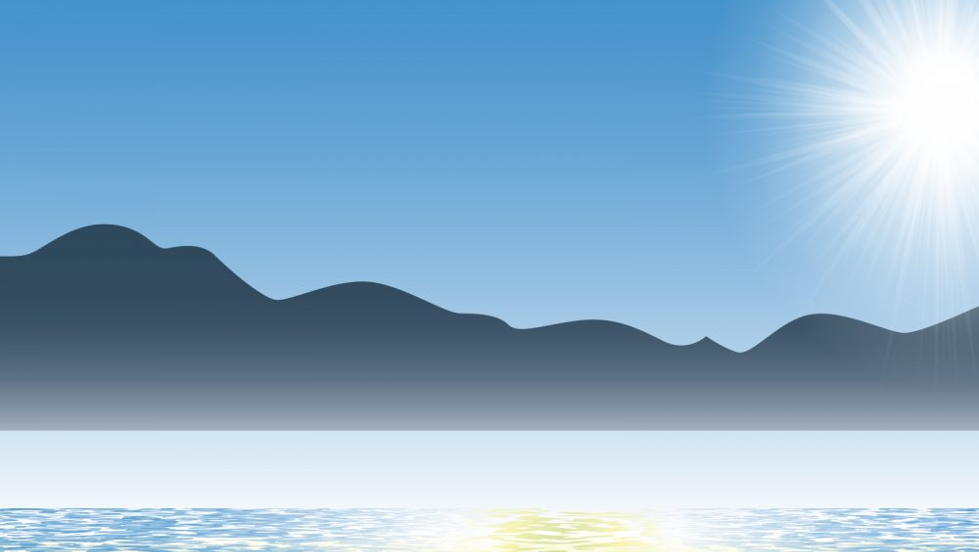About Serbia
Serbia is a country on southeast Europe's Balkan Peninsula with northern plateaus and mountains with ski resorts to the south. Capital city Belgrade is home to Communist-era architecture and Kalemegdan Park, site of Belgrade Fortress, held successively by the Roman, Byzantine and Ottoman empires. Stari Grad, the old city, is home to 19th-century mansions, plus opera and ballet at Narodno Pozorište (national theater). Following the Slavic migrations to the Balkans postdating the 6th century, Serbs established several states in the early Middle Ages. The climate of Serbia is under the influences of the landmass of Eurasia and the Atlantic Ocean and Mediterranean Sea. With mean January temperatures around 0 °C (32 °F), and mean July temperatures of 22 °C (72 °F), it can be classified as a warm-humid continental or humid subtropical climate. Serbia is a country of rich ecosystem and species diversity. Serbia is not a mass-tourism destination but nevertheless has a diverse range of touristic products. Tourism is mainly focused on the mountains and spas of the country, which are mostly visited by domestic tourists, as well as Belgrade which is preferred choice of foreign tourists. There are several internationally popular music festivals held in Serbia, such as EXIT (with 25–30,000 foreign visitors coming from 60 different countries) and the Guča trumpet festival.
